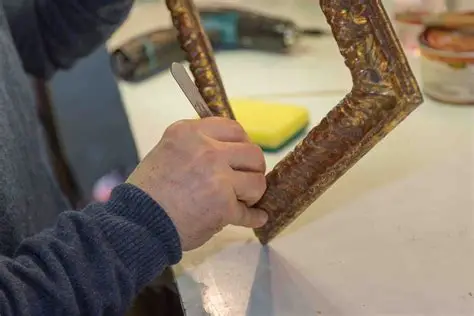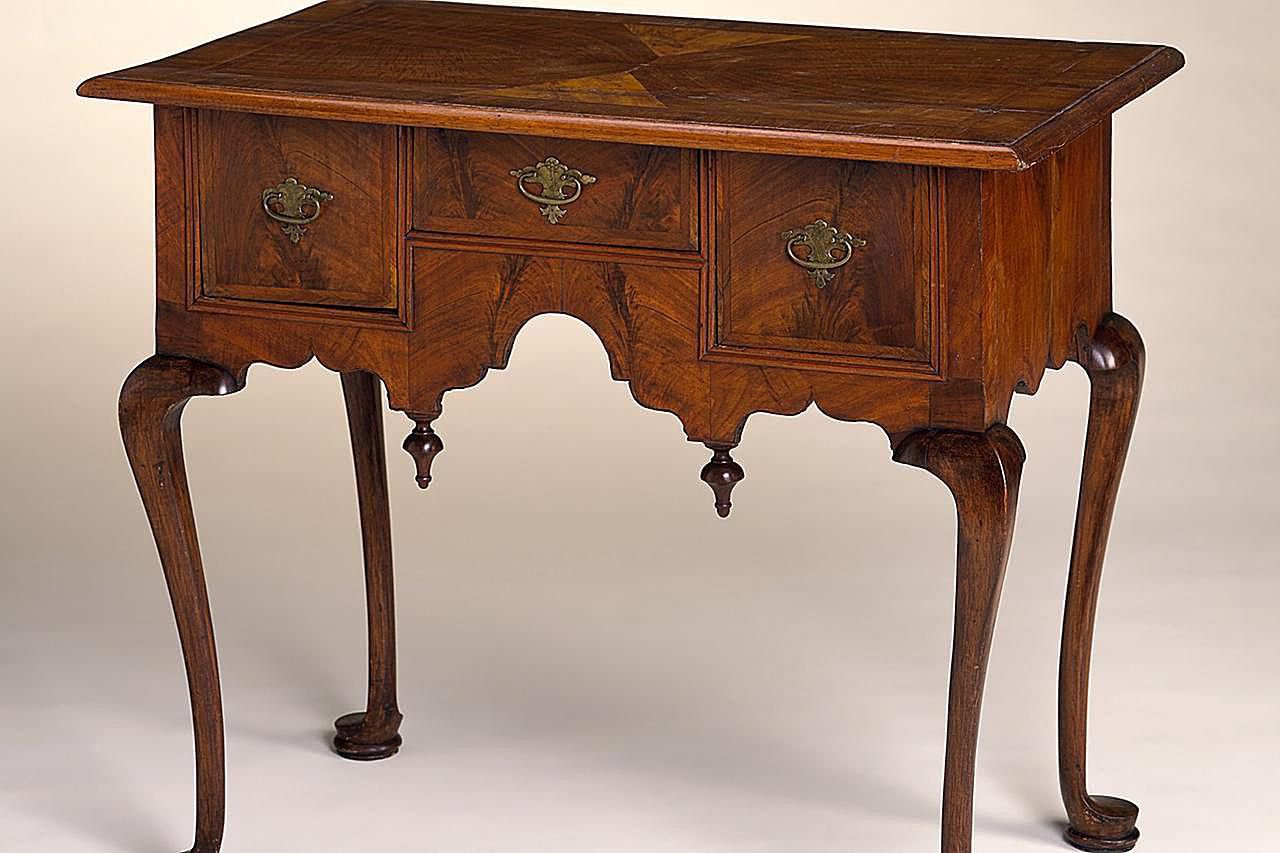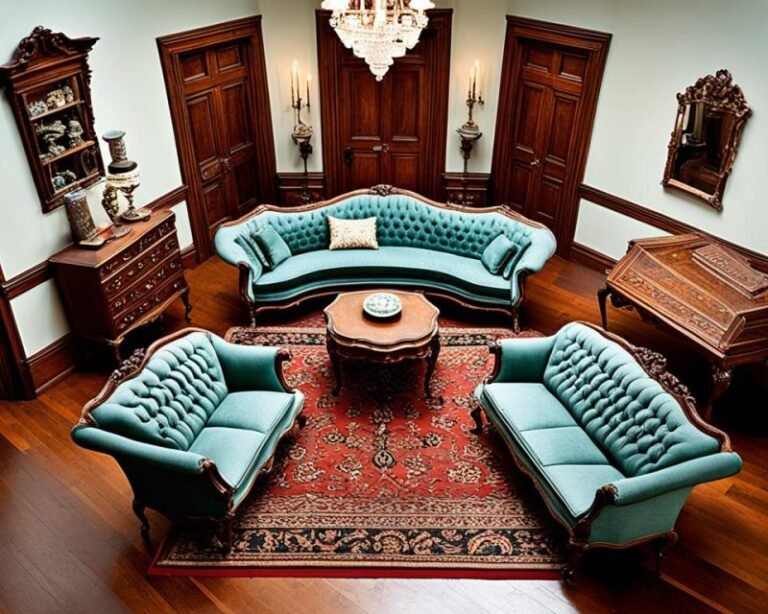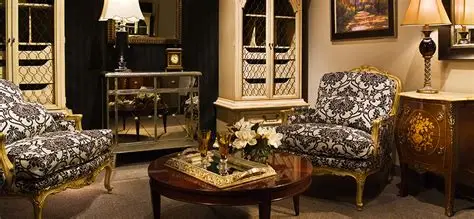
Restoring and Preserving Antique Furniture
Antique furniture carries historical value and unique craftsmanship. Proper restoration and preservation maintain its beauty, functionality, and worth. Whether dealing with minor wear or significant damage, careful techniques can breathe new life into vintage pieces while retaining authenticity.
Assess the Furniture
Before restoration, examine the piece carefully. Identify scratches, dents, loose joints, water damage, or worn finishes. Understanding its condition helps determine whether simple maintenance, refinishing, or structural repairs are necessary.
Clean Gently
Use mild soap and water or a wood-specific cleaner to remove dust, dirt, and grime. Avoid soaking the wood, as excess moisture can damage delicate finishes. Regular gentle cleaning prevents buildup and preserves the furniture’s natural patina.
Repair Damages
Address structural issues first. Tighten loose joints using wood glue or clamps. Replace missing or damaged parts carefully, matching materials and style to the original. Small dents can often be minimized by applying gentle heat with a damp cloth.
Restore Finishes Carefully
If the finish is worn, consider light sanding followed by appropriate restoration techniques. Natural oils, wax, or stain can revive the wood without stripping away its character. Avoid aggressive refinishing, which can reduce antique value.
Preserve with Protective Measures
Protect furniture from direct sunlight, moisture, and temperature fluctuations. Use coasters, table mats, or protective pads to prevent scratches and stains. Maintaining stable environmental conditions prevents warping, cracking, or fading over time.
Maintain Regularly
Routine care extends the life of antique furniture. Polishing with a suitable wax or oil enhances the wood’s natural beauty. Inspect joints, finishes, and hardware periodically, addressing minor issues before they worsen.

Avoid Over-Restoration
Preserve the furniture’s original charm. Over-restoring can strip away historical value and authenticity. Focus on cleaning, minor repairs, and subtle enhancements rather than completely altering the piece.
Conclusion
Restoring and preserving antique furniture requires patience, attention to detail, and knowledge of proper techniques. By assessing, cleaning, repairing, restoring, and maintaining vintage pieces carefully, collectors can safeguard their beauty and value. Thoughtful preservation ensures that antique furniture remains a timeless part of any home.







